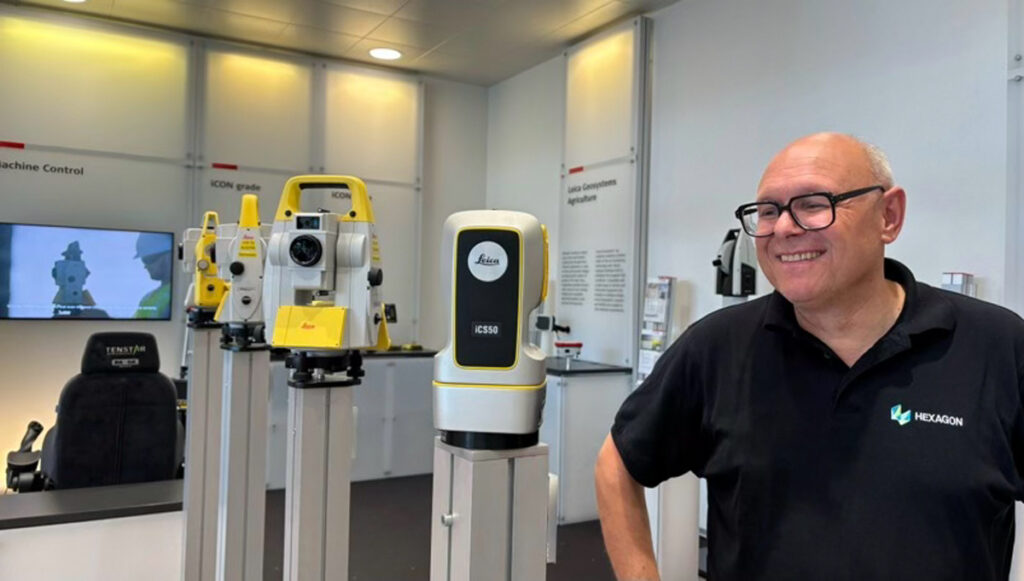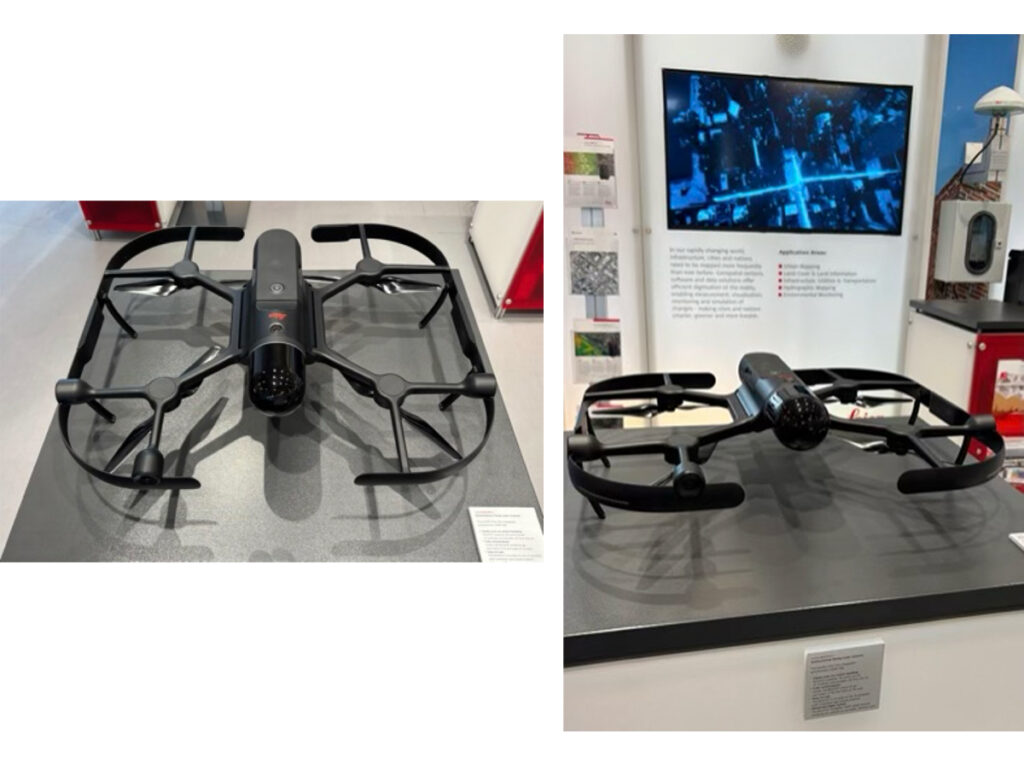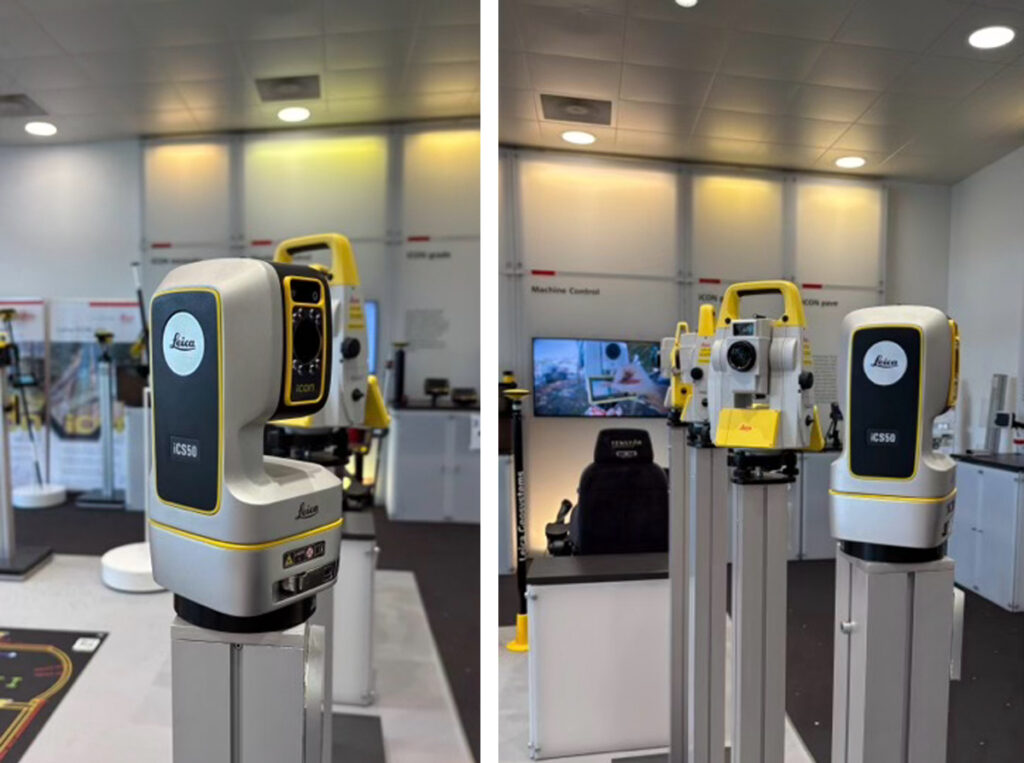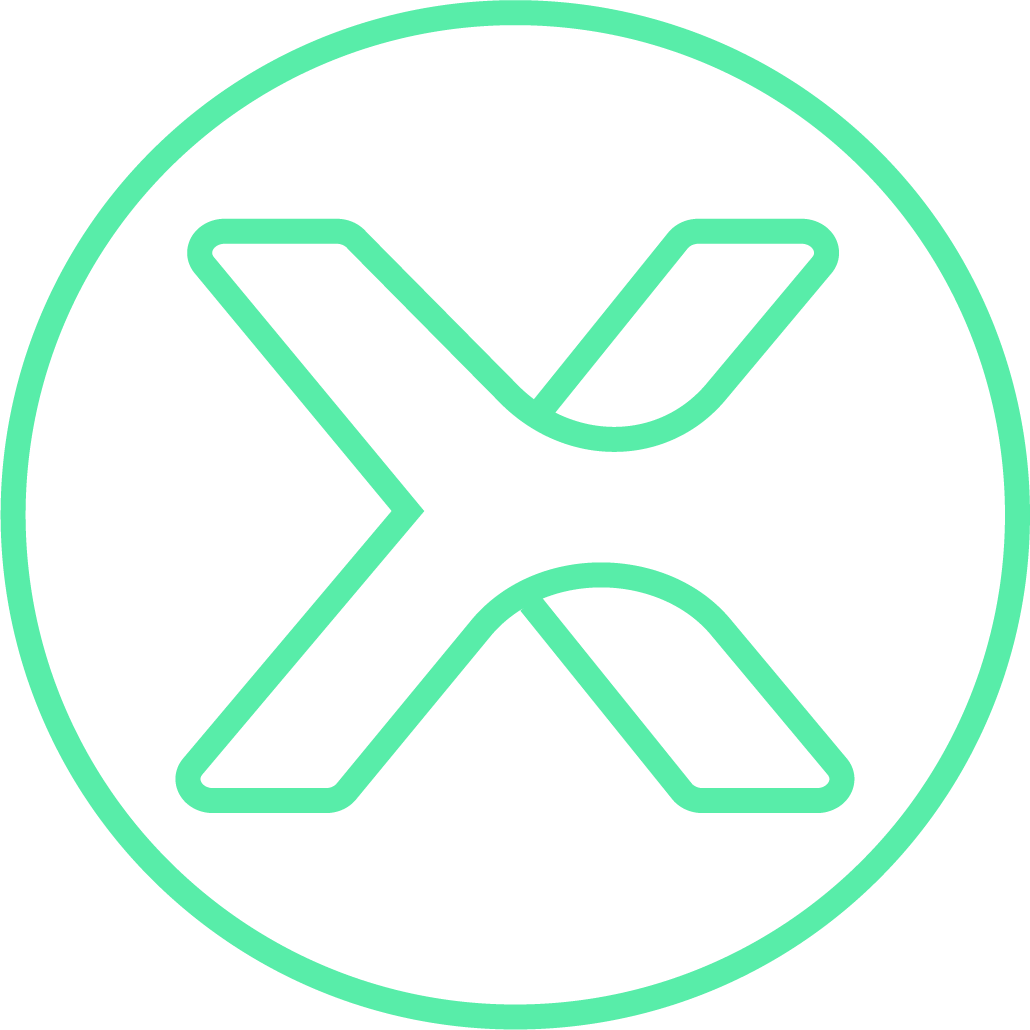Case Study
Teamcenter® as a Central Platform for Material Data, Material and Export Compliance, and EcoDesignn

Rene Allgäuer-Gstöhl, Head of R&D Reality Capture (left), and Alexander Perle, Director IT – CAD/PLM
We all associate the name Leica with razor-sharp photos from the iconic camera. And indeed: Leica Camera and Leica Geosystems were once part of the same company – what remains today is the shared brand name and passion for precision.
In metrology, Leica Geosystems is equally renowned: as a pioneer of high-precision measurement instruments, it serves global markets while meeting complex regulatory and environmental demands:
Teamcenter PLM as the Foundation with the Following Enhanced Features:
Alexander Perle:
We implemented Teamcenter in 2019. Siemens NX was already in use in R&D – so it made sense to choose the PLM system from the same portfolio to enable seamless processes in a unified environment. Another goal was to ensure product compliance to maintain our ability to deliver internationally.
A digitized material catalog is the foundation for product compliance and sustainability.
Our project lead at Siemens told us at the time: “If you want to implement this project successfully, you need Lucas Dann from Nexpirit – he’s the expert in the German-speaking region.” When speaking with Lucas, we realized that our first step had to be building our material database to make materials digitally accessible. So, we started with Integrated Material Management (IMM).

Alexander Perle with Leica instruments for building construction projects
Rene Allgäuer-Gstöhl:
Previously, our material data management was handled in Office documents, with no direct link to product data. Now, with the IMM solution in Teamcenter and Nexpirit’s enhancements, we have a complete material catalog in the system – the basis for everything that follows.
The major advantage of IMM: all data is available digitally, in a structured, cross-departmental way. In development, we can now select, compare, and apply materials in a targeted manner – with compliance data included. But that brings us to the next step.
Marcel Walser:
Organizing through IMM has also improved the quality of our product documentation: each material object is directly linked to product data. This enables efficient analysis and reporting, e.g., for material compliance.
Marcel Walser:
We wanted to ensure REACH and RoHS compliance across thousands of products. That was hardly possible manually. Modeling this at the material level was key. It allows entire product groups to be evaluated and reported almost automatically.
Christian Rein:
However, we often lacked declarations for supplier parts. Responses came via email – unstructured and hard to document.
Then Nexpirit introduced Substantio: a software platform that digitizes and automates declarations and supplier communication, transferring them directly into the PLM system.
Thanks to our material database, we now require fewer supplier inquiries – many insights can be derived directly from the materials.
Marcel Walser:
Declaration statuses are now stored directly with the article object – fully digital and centrally accessible.
Christian Rein:
Another benefit is that our compliance team now has significantly less manual work. We create questionnaires in Substantio, and the responses are linked directly to the relevant article – exactly where we need them. This lets us make complete product-level assessments, which was not possible before.
Marcel Walser:
SCIP uploads to ECHA are now automated via Substantio, with minimal manual effort.
Christian Reim:
And one more advantage: this solution is scalable. We can extend it as needed to cover future requirements – for instance, new regulations.
A scalable setup that ensures future-proof solutions.

Leica BLK2FLY: Autonomous Flying Laser Scanner
Flying laser scanner for precise aerial measurements.
Marcel Walser:
Some of our products fall under export control – for example, dual-use components. We collect the necessary information from suppliers using Substantio, conduct plausibility checks, and then transfer export control numbers to the ERP.
Alexander Perle:
Nexpirit supported us very well throughout the process and tailored the solution to our needs. For example, export compliance features didn’t exist back then – Nexpirit developed a custom solution for us, which has since become part of their standard portfolio.

Leica iCS50: Tool for stakeout and 3D measurements using visual measurement technology.
Alexander Perle:
We started with the material database, implemented material and export compliance, and now we’re planning the sustainability module. With our existing material and compliance data, we’re in a great position.
One of our goals is to reduce our CO₂ footprint. We want to lay the groundwork for that within R&D.
Rene Allgäuer-Gstöhl:
Our goal is to use materials and processes with a better environmental profile already during development. The Teamcenter setup enables this: to identify and compare sustainable alternatives early on. Just as our material data includes compliance information, it can also include environmental impact. That will soon allow us to make material choices with a lower carbon footprint from the outset.
Alexander Perle:
We’ve already achieved a lot with Nexpirit – and we’ll be tackling the next project together too.

With our newsletter, you’ll regularly receive insights, event tips, and expert articles directly in your inbox.
*By submitting the form, the data you provide will be processed by Nexpirit GmbH, Lohbach 8, 32457 Porta Westfalica, Germany, for the purpose of processing your enquiry(s). Your data will be processed strictly for the intended purpose. Further information on the processing of your data within our website can be found in our data protection information.